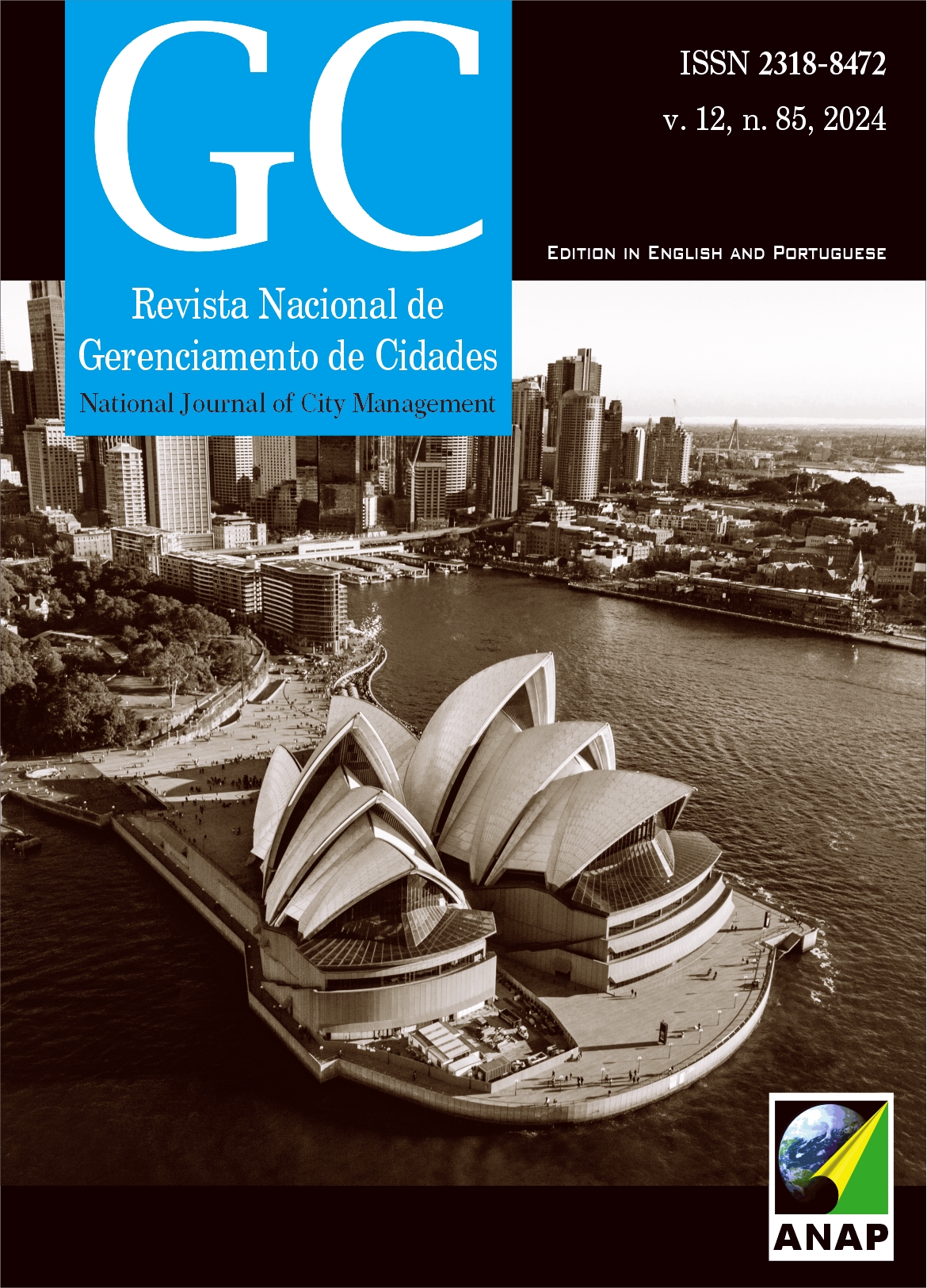UV solar radiation in Brazilian cities: A perspective to the ideal time for healthy solar exposure
DOI:
https://doi.org/10.17271/23188472128520244190Keywords:
Global and Ultraviolet Radiance, Latitudes, Daily and seasonal patternsAbstract
The UV solar represents less than 10% of the total solar radiation. The main biological effects of UV are the health benefits - vitamin D synthesis, and health risks - damage to cells and DNA as erythema and skin cancer. The aim of this article is to investigate the relationship between UV and global radiation in low and mid-latitudes Brazilian cities and impacts on the ideal time for exposure to vitamin D synthesis. UV radiation have been used to demonstrate the hourly and seasonal variation in João Pessoa/PB (7º S) and Florianópolis/SC (27° S). Results show a high positive correlation between global and UV radiation. In low latitude, the UV present higher differences compared with the one in mid-latitude that there was greater hourly variability. The peak of UV happened around midday (11 am to 1 pm) in both cities with a higher difference in João Pessoa. According to period that could be produce the vitamin D (SEA>20°), it starts before 7 am in all seasons in João Pessoa and at 7 am in the summer and 9 am in the winter in Florianópolis. This study evaluates the periods of low and high UV and alerts to the period of sun exposure aimed at the production of vitamin D and skin damage, since the literature recommends avoiding exposure after 10 am. This investigation contributes to a better understanding of the incidence of UV and adaptations in locations with similar latitudes and climatic characteristics.
Downloads
Published
Issue
Section
License
Copyright (c) 2024 Revista Nacional de Gerenciamento de Cidades

This work is licensed under a Creative Commons Attribution-NonCommercial-ShareAlike 4.0 International License.















